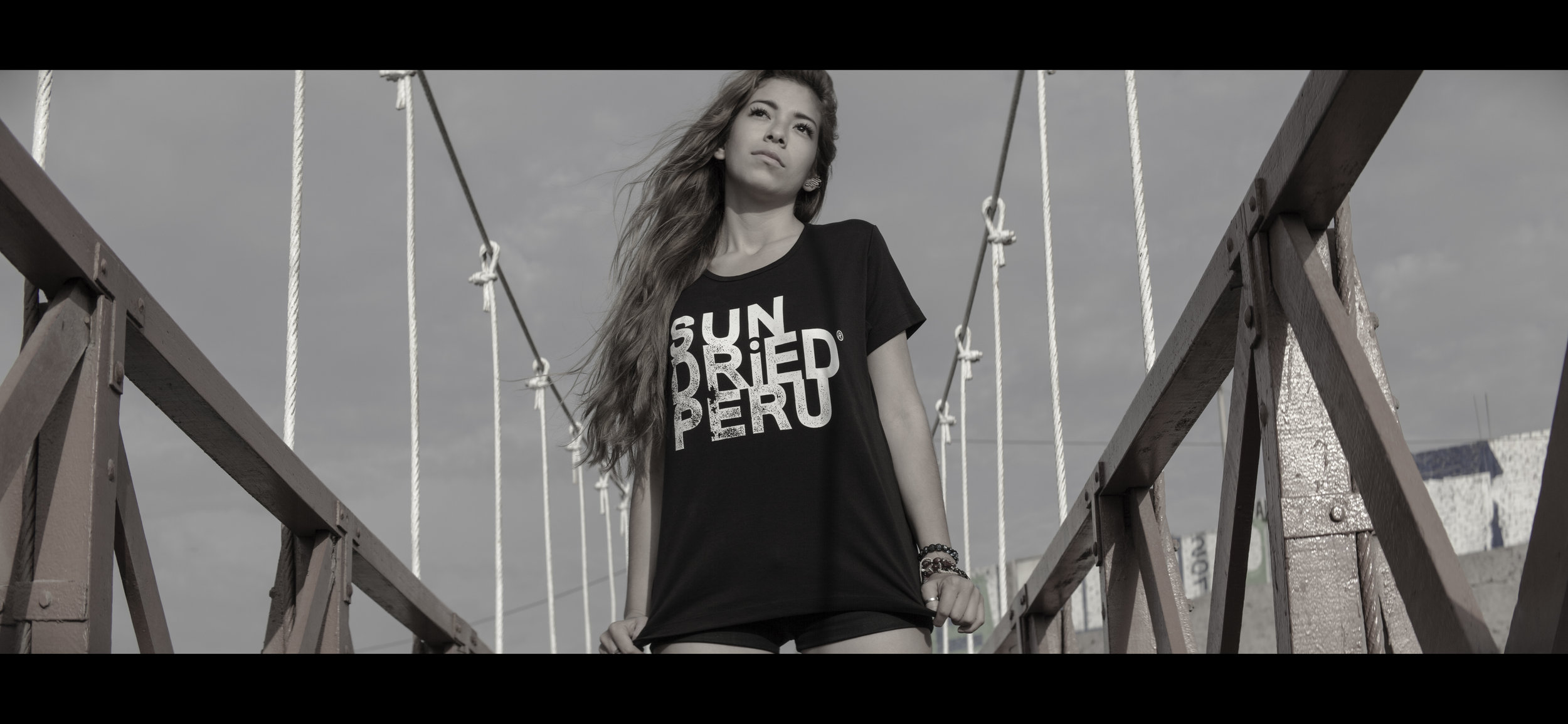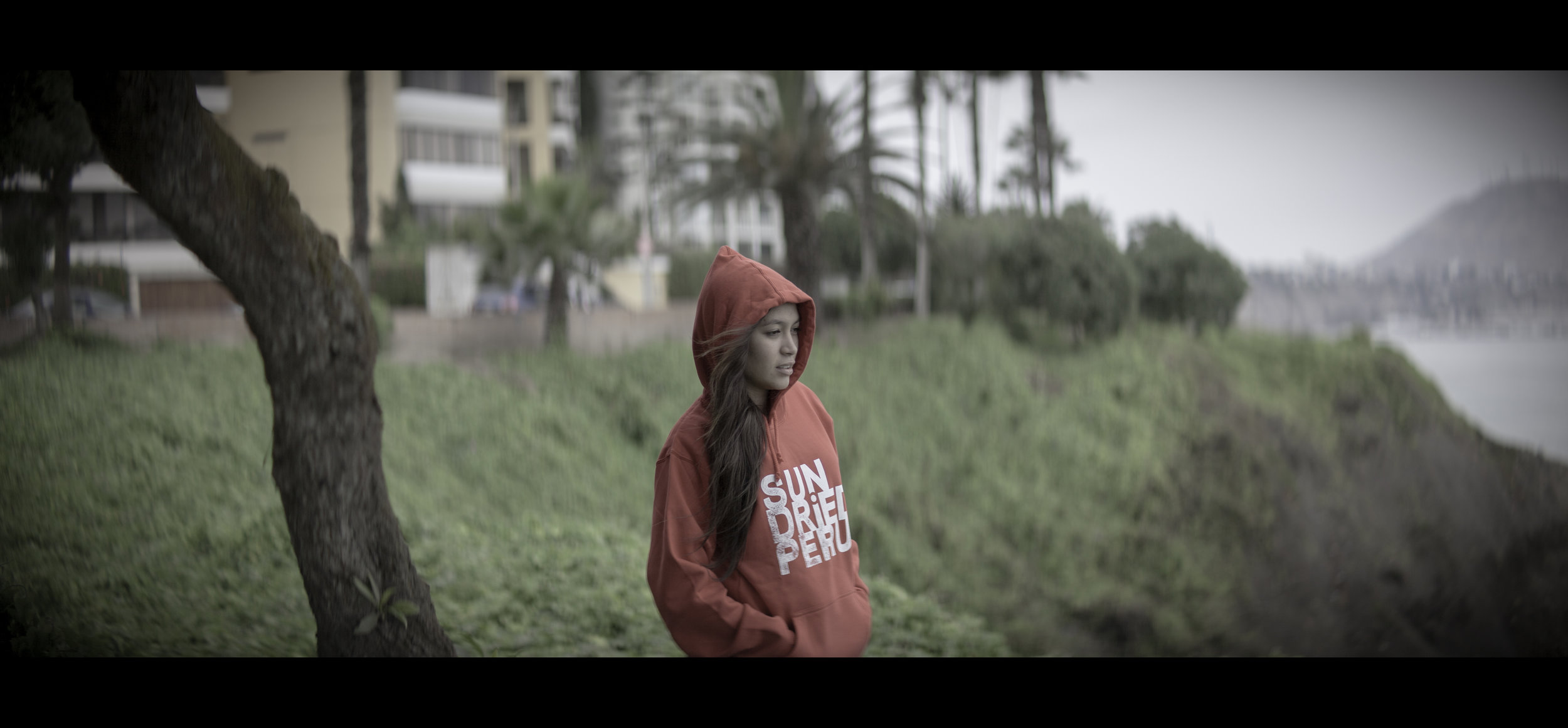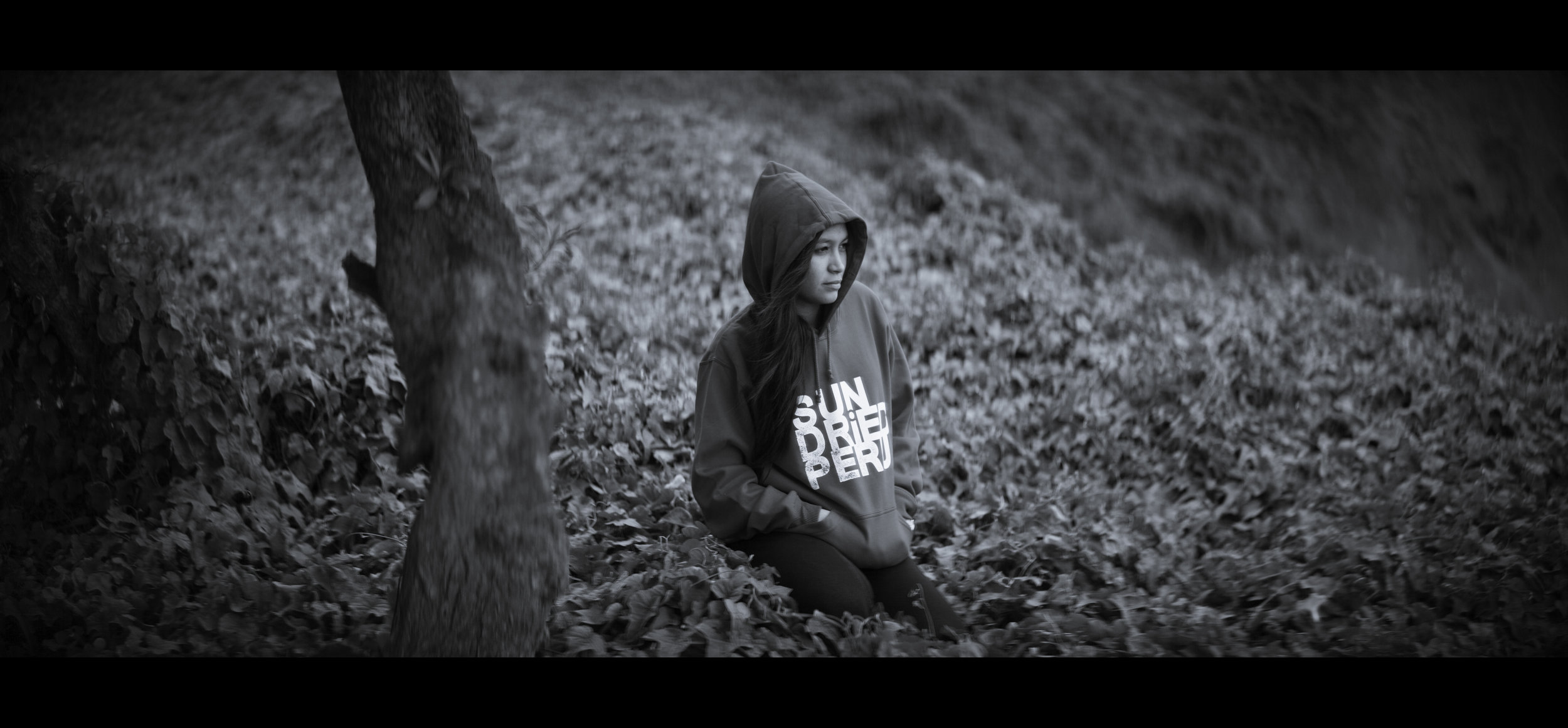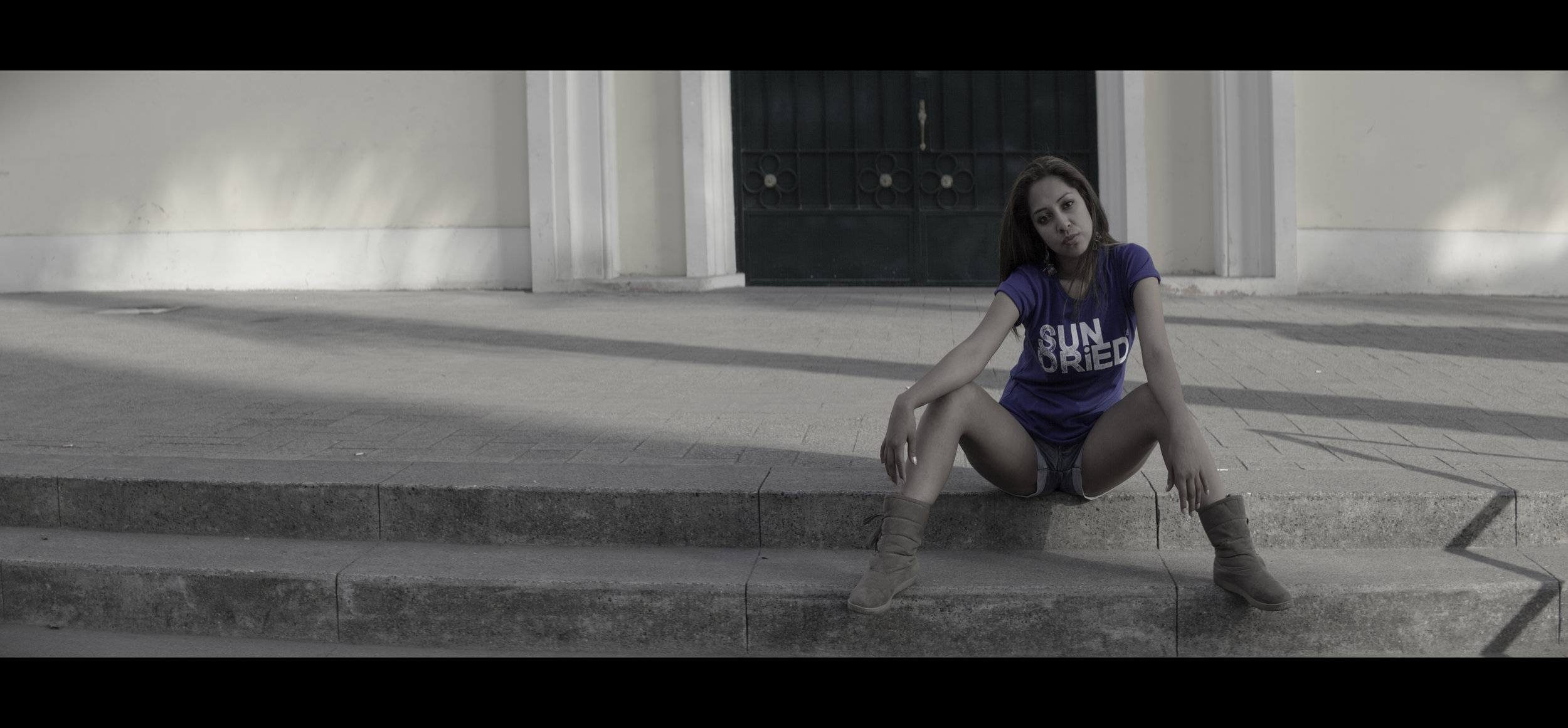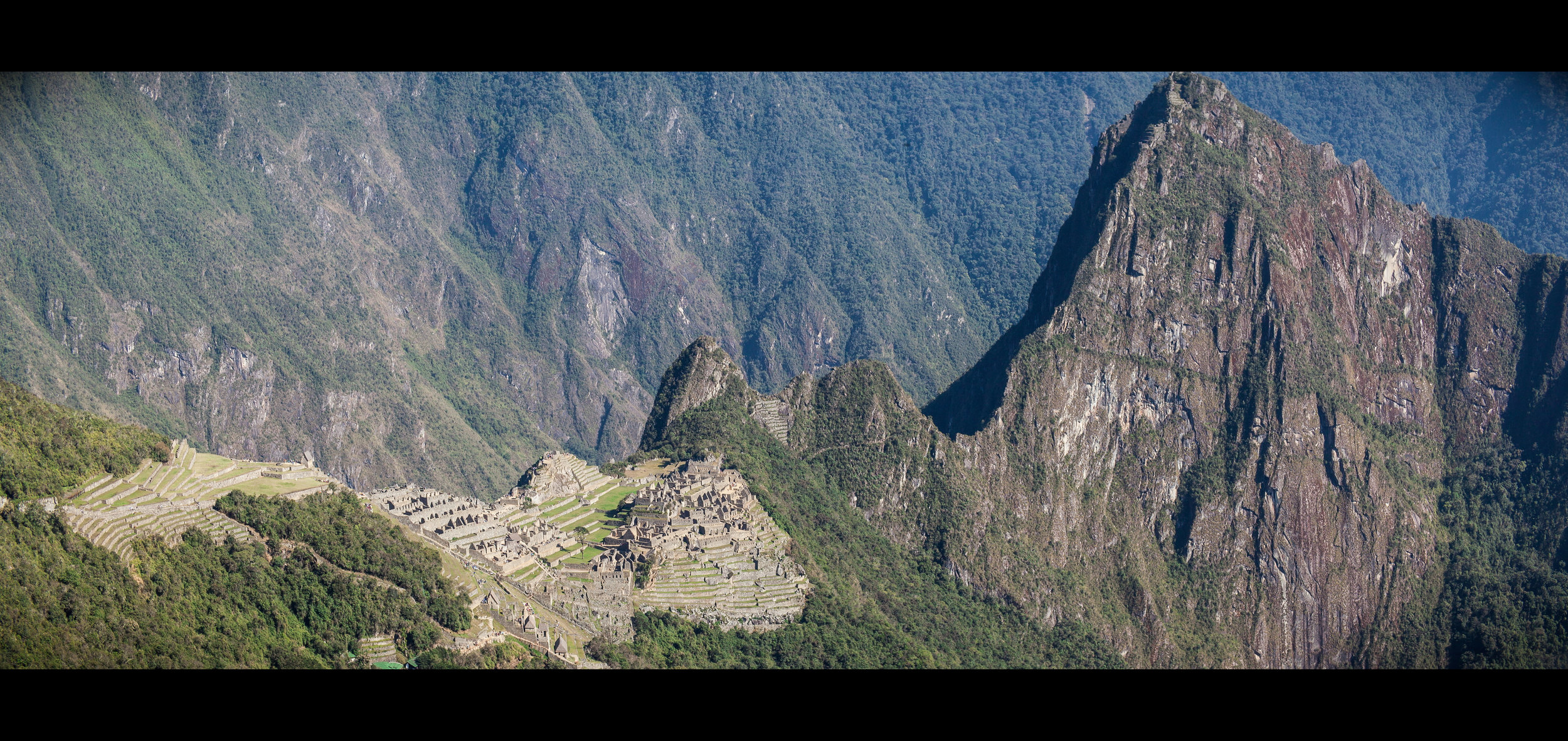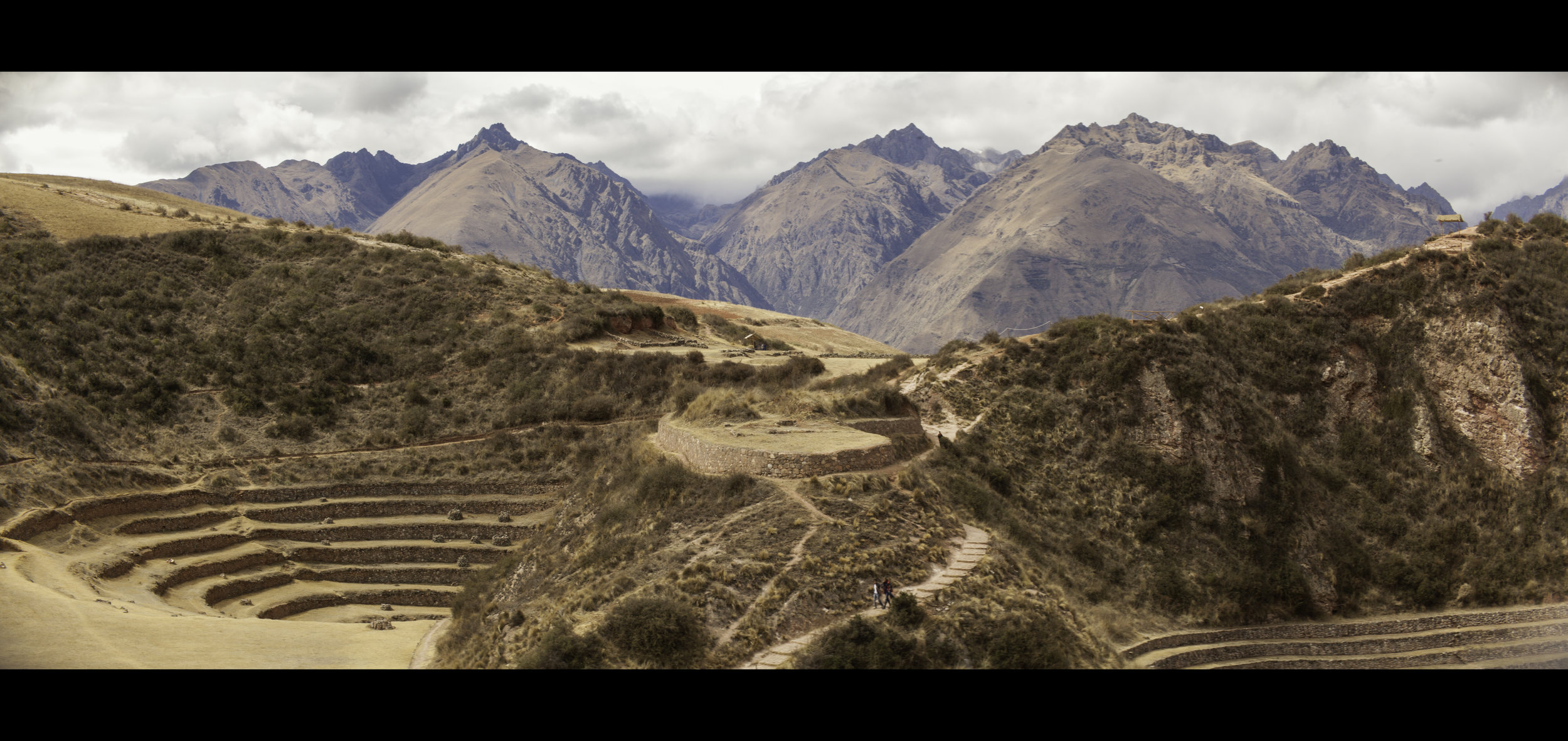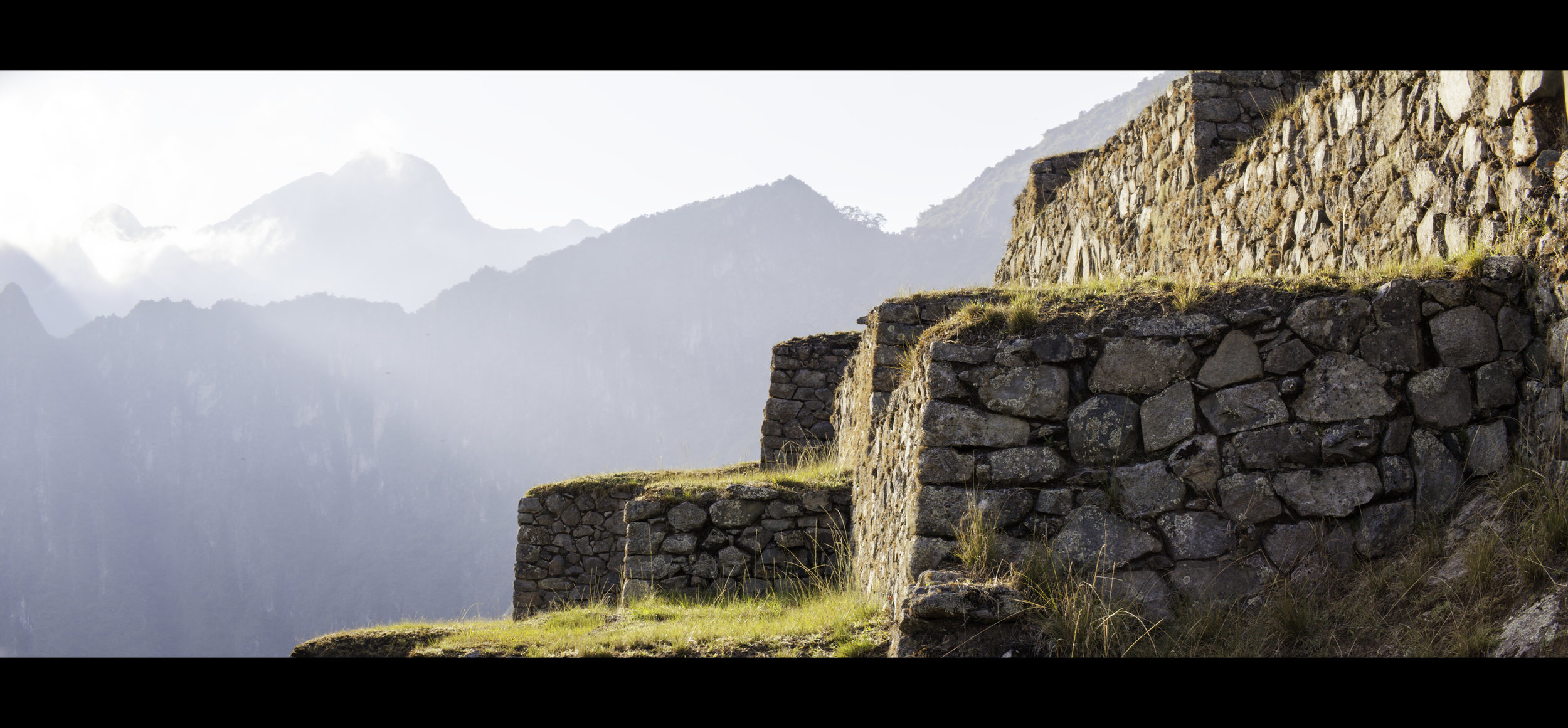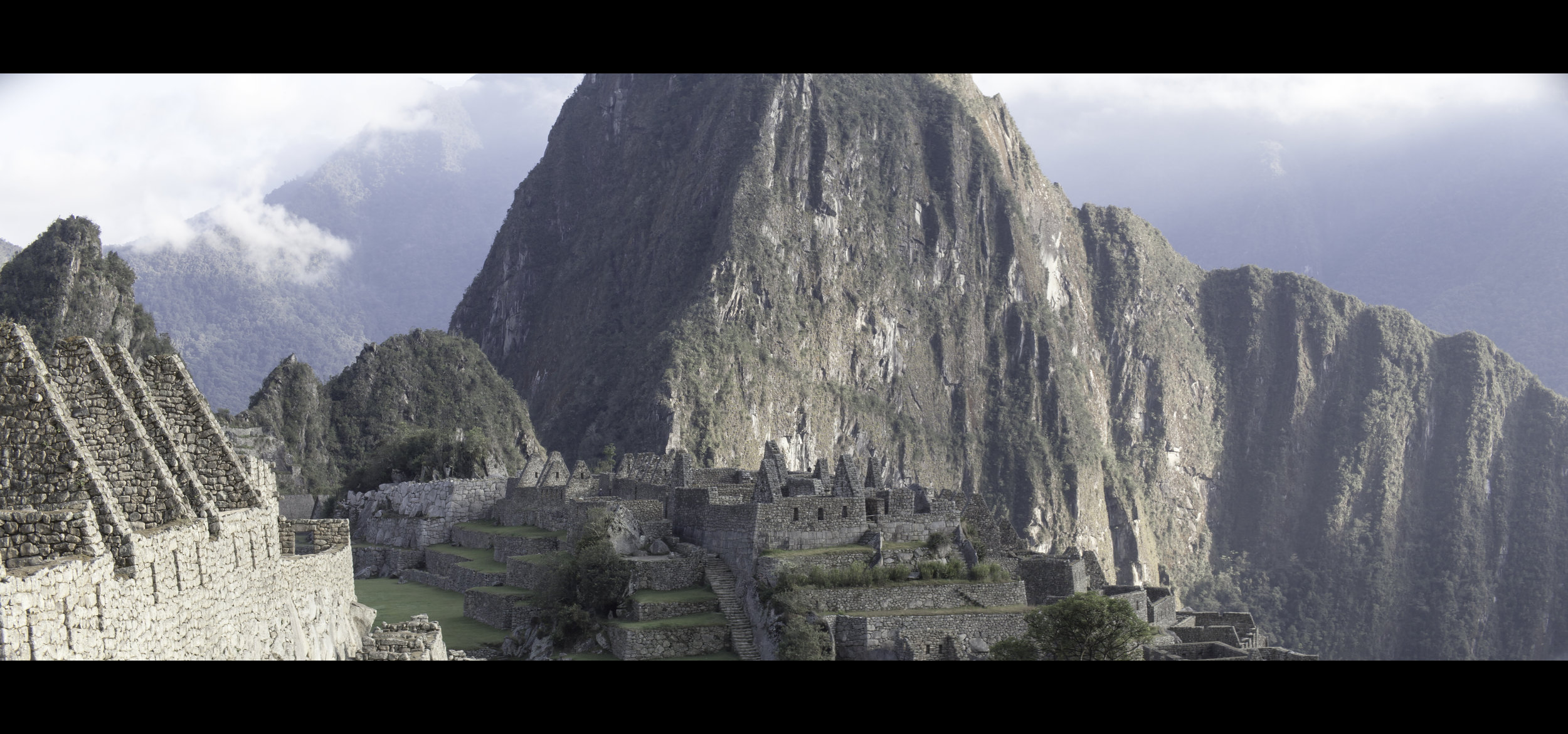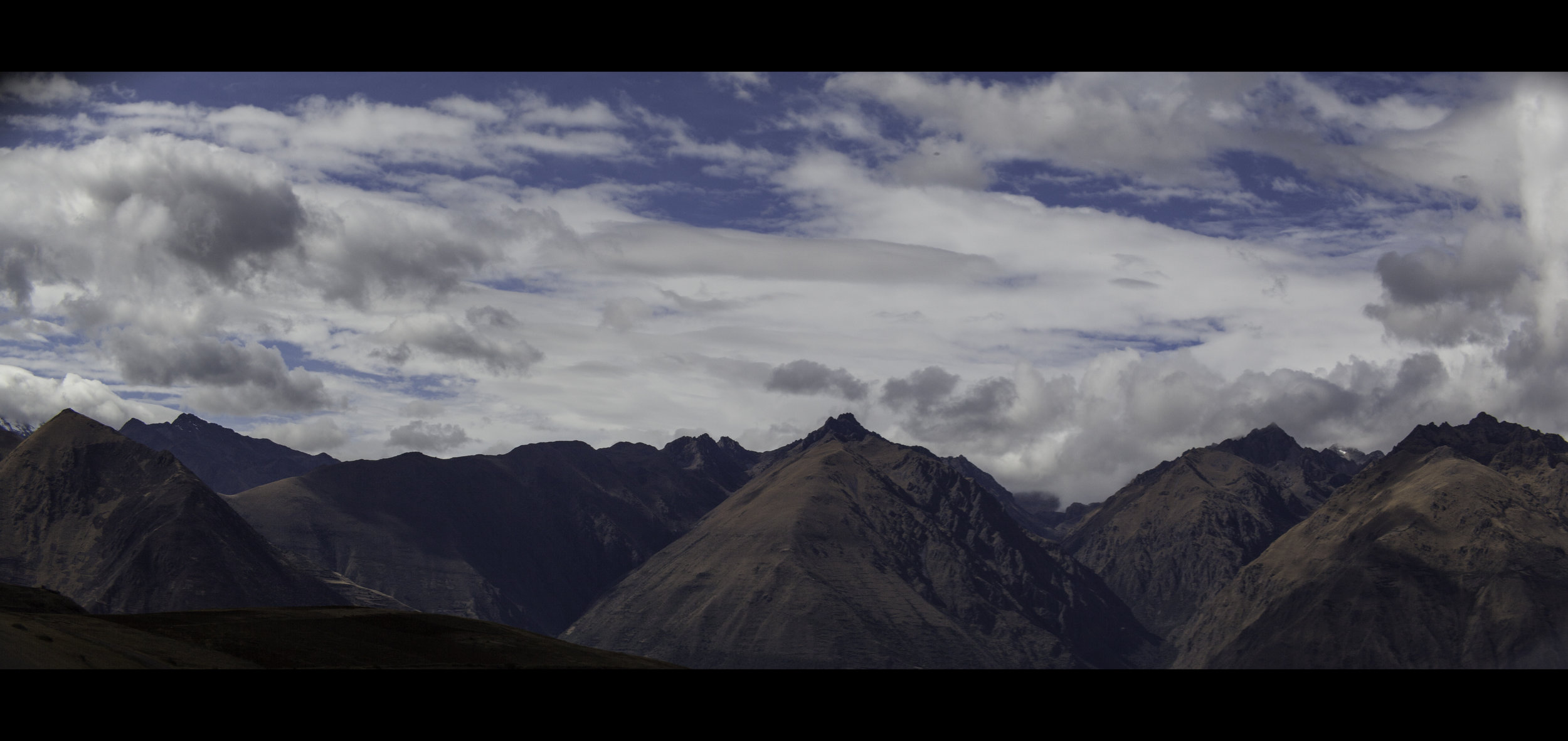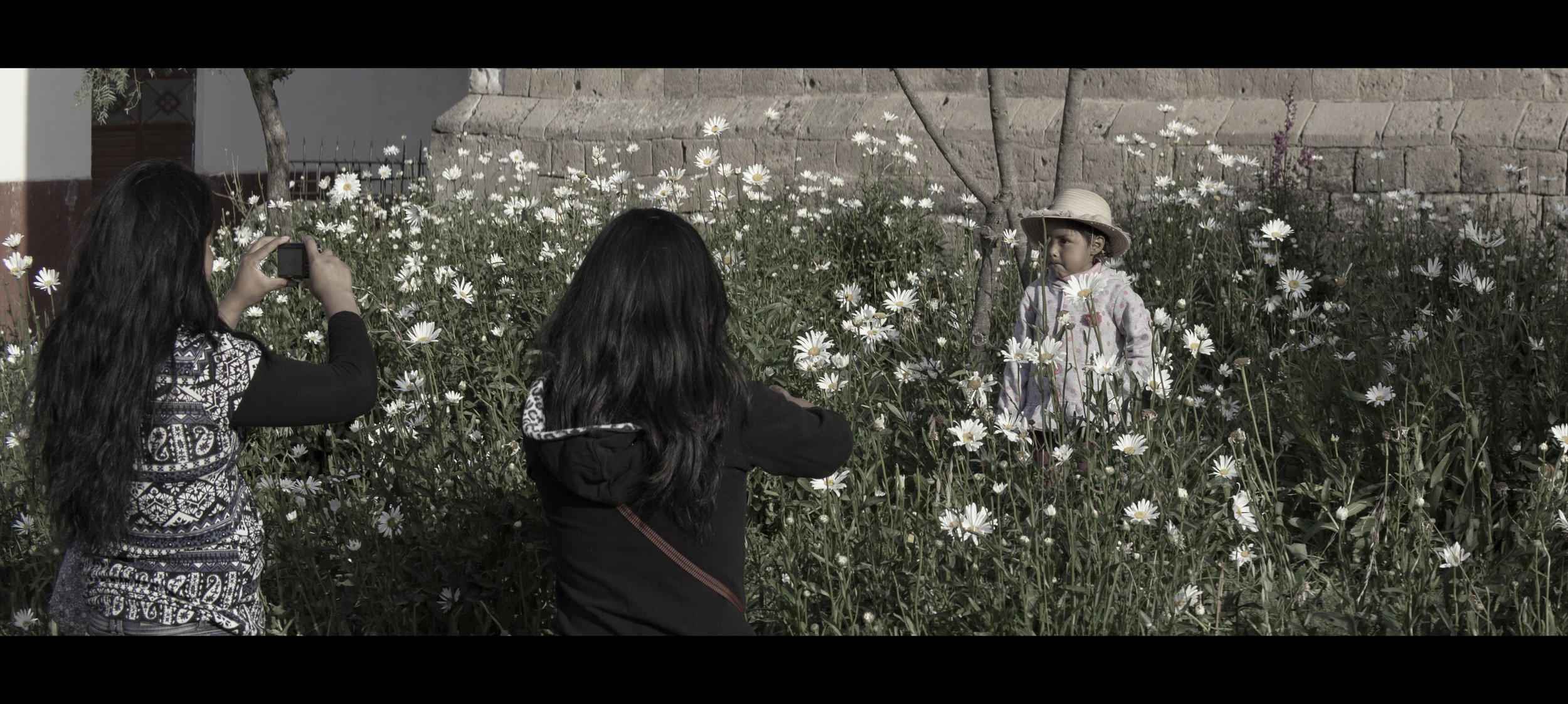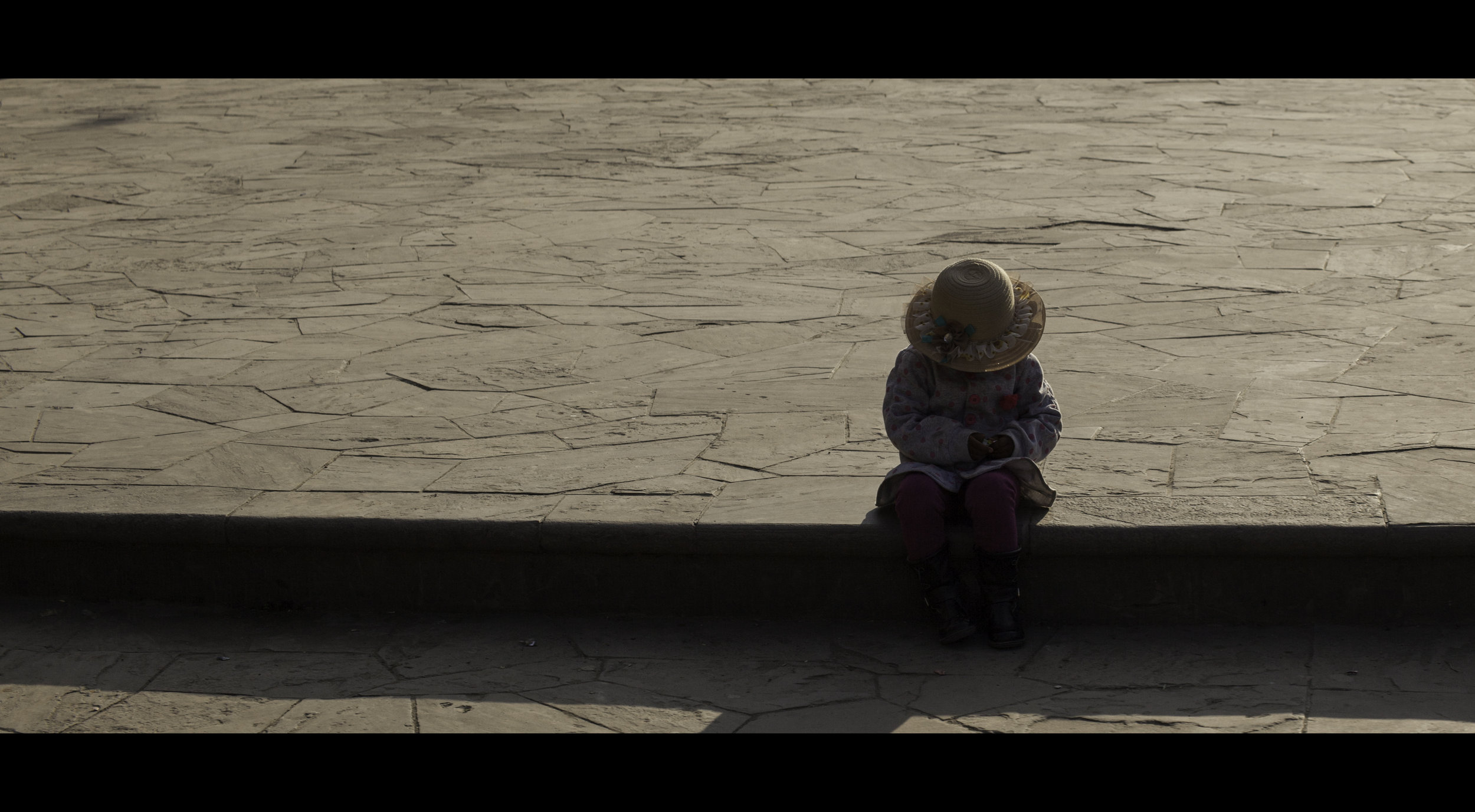I have written a previous blog about anamorphic photography and my experiences using an anamorphic lens with a DSLR camera. Upon recently viewing my website statistics I discovered that a large volume of traffic to my website was due to the above blog titled, 'Anamorphic Photography by Geraint Rowland'. I therefore decided to write an additional blog focussing on my experiences of using an anamorphic lens to take portrait photos. Click through the slide show below to view some of my anamorphic portrait examples:
The interest in both my blog on anamorphic photography and my page on anamorphic photos themselves was a surprise to begin with. Search terms most often used on google to find this blog included: 'anamorphic photography', 'geraint rowland', 'anamorphic lens for photography', 'anamorphic photo', and 'anamorphic dslr'.
Why take Anamorphic Portraits?
However, in today's image saturated world of social media including Instagram & Facebook many photographers are looking for alternative ways to take photos. This is especially true with portrait photography with photographers experimenting with different lighting techniques as well as lenses, and the shoot locations themselves. With so many good photographers in the World today, anamorphic photography can offer an alternative way to take images that can not be replicated post production.
There is something very unique about a photo taken with an anamorphic lens. The images have a very particular cinematic quality with a shallow depth of field yet on a wide shot. The lenses also bend the light in a particular way that can not be replicated due to their oval shape inside. And then there are the unusual horizontal flares that are produced that are often seen in movies especially science fiction. The amount of flare you can achieve depends on what primary lens you are using, the new advanced lenses are built in a way that tries to prevent any kind of flare from occurring.
I haven't used my anamorphic lens for several years as it can be a bit of a fiddle both using the lens and then again in post production. However, with patience and some practice it can produce some excellent and original looking portraits that will stand out from the crowd. All of the anamorphic photos above were taken with a Canon 5D2 and a Canon 85mm 1.8 lens with a red isco Schneider ultra star HD x1.75 anamorphic lens.
More examples of my anamorphic photography and portrait photography can be found on my website or on my Flickr account. Or you can view my Instagram account here, I appreciate any follows and comments! If you are interested in purchasing any of my anamorphic prints or would like further information please send me an email at: geraintrowlandphotography@gmail.com.
